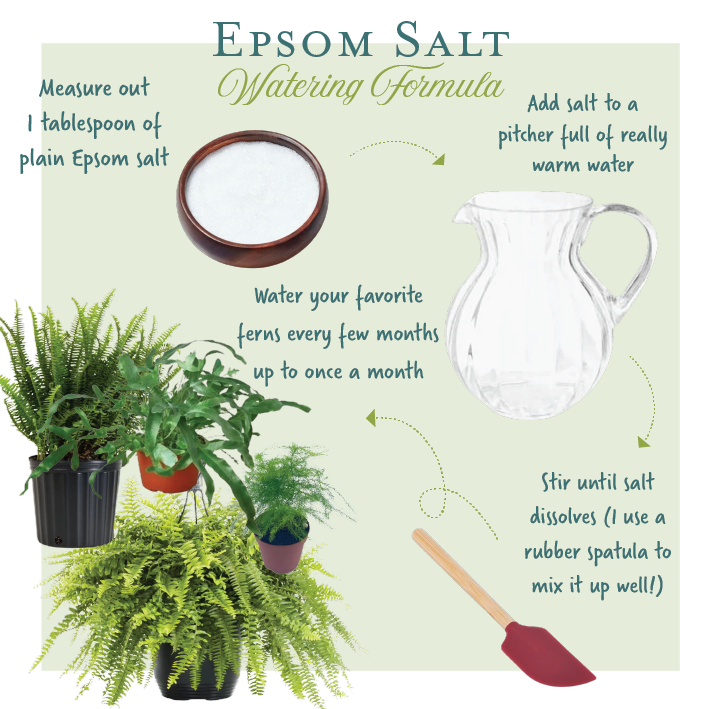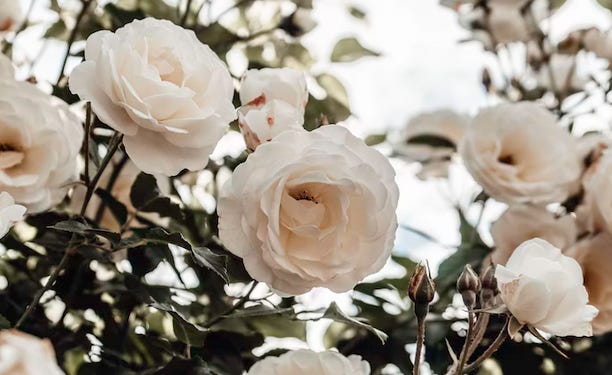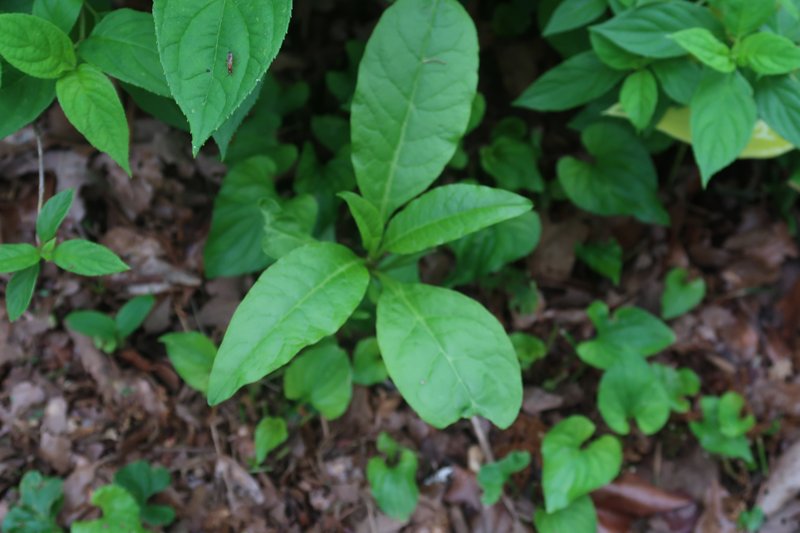Epsom Salt in Gardening: What Plants Don't Like Epsom Salt and Just How to Adjust
Epsom Salt in Gardening: What Plants Don't Like Epsom Salt and Just How to Adjust
Blog Article
Discover the Certain Plants That Are Negatively Influenced by Epsom Salt Application
Epsom salt, a popular home remedy for numerous gardening troubles, is commonly applauded for its valuable effects on plant growth. Nevertheless, not all plants respond favorably to its application. Recognizing the details plants that can be detrimentally affected by Epsom salt is vital for any kind of garden enthusiast aiming to maximize their plant treatment routine. Roses, tomatoes, rhododendrons, azaleas, and peppers are just a few instances of plants that may not respond well to Epsom salt. The factors behind these negative effects and just how to reduce them are important knowledge for keeping a prospering garden.
Roses

Roses, specifically delicate to modifications in their setting, can be negatively influenced by the application of Epsom salt. While Epsom salt is commonly used as a fertilizer to advertise plant growth and enhance flowering, roses are among the plants that do not respond well to its application. The high magnesium content in Epsom salt can conflict with the uptake of various other essential nutrients by the rose plants, leading to deficiencies that manifest as yellowing fallen leaves or stunted growth.

Tomatoes
While Epsom salt is frequently proclaimed as a solution for numerous plant issues, including bloom end rot in tomatoes, its application can lead to harmful outcomes if not used judiciously. Extreme Epsom salt, which is magnesium sulfate, can interfere with the fragile nutrient equilibrium needed by tomatoes, possibly leading to shortages in other important nutrients like calcium. When thinking about the usage of Epsom salt on tomatoes, it is crucial to stick to advised application prices and soil screening to protect against unintentional effects on the general health and wellness and productivity of these beloved garden plants.
Peppers
Peppers, prized for their numerous colors and degrees of spiciness, can show susceptibility to unfavorable influences from Epsom salt when not applied with care and consideration for their specific nutritional demands. what plants don't like epsom salt. Peppers, belonging to the Solanaceae family members, call for a fragile equilibrium of nutrients to thrive. While Epsom salt is known to enhance magnesium degrees in plants, extreme application can disrupt this stability, resulting in unfavorable impacts on pepper plants
When peppers are subjected to high levels of magnesium from Epsom salt, it can conflict with the plant's capability to take in other vital nutrients like calcium and potassium. This imbalance might manifest in signs and symptoms link such as fallen leave discoloration, stunted growth, and decreased fruit production. In addition, the extreme magnesium can alter the dirt pH, further exacerbating nutrient uptake issues for peppers.

Rhododendrons
Offered the level of sensitivity of particular plant varieties to discrepancies brought on by Epsom salt, it is necessary to consider the effect on Rhododendrons, which additionally call for details nutrient degrees to prosper. Rhododendrons are acid-loving plants that prefer acidic dirt problems with a pH array between read review 4.5 and 6.0. Epsom salt, chemically called magnesium sulfate, can alter the soil pH and disrupt the fragile balance of nutrients important for Rhododendron health.

To preserve the optimal development and health and wellness of Rhododendrons, it is crucial to prevent the unplanned use of Epsom salt and instead concentrate on offering the specific acidic dirt conditions and nutrients that these plants need for prospering.
Azaleas
These popular flowering plants are often located in gardens, parks, and landscapes due to their elegance and flexibility. While Epsom salt is commonly used as a remedy for magnesium shortage in plants, its application to azaleas can have unfavorable effects.
When Epsom salt is related to azaleas, it can alter the soil pH, making it much more acidic. Azaleas choose slightly acidic dirt problems, and an excess of magnesium from Epsom salt can disrupt this equilibrium, resulting in nutrient imbalances and prospective poisoning problems. The inaccurate application of Epsom salt can cause stunted growth, yellowing of leaves, and total decline in the health and wellness of azaleas. It is vital to be careful when taking into consideration the usage of Epsom salt on azaleas to protect against any kind of adverse consequences on these fragile decorative bushes.
Verdict
To conclude, it is very important to be familiar with the specific plants that can be detrimentally impacted by the application of Epsom salt. Roses, tomatoes, rhododendrons, peppers, and azaleas are some instances of plants that may not gain from Epsom salt and could even experience damage. It is essential to research and recognize the needs of each plant types prior to utilizing Epsom salt as a plant food to guarantee their health and well-being.
Recognizing the particular plants that can be negatively influenced by Epsom salt is crucial for any gardener looking to optimize their plant care regimen. While Epsom salt is generally utilized as a fertilizer to promote plant growth and enhance flowering, roses are one of the plants that do not respond well to its application.Too much use of Epsom salt can additionally result in an accumulation of salts in the over here dirt, leading to root damage and dehydration of the rose plants. While Epsom salt is understood to increase magnesium degrees in plants, excessive application can interrupt this stability, leading to damaging results on pepper plants.
The high salt material in Epsom salt can also dry out Rhododendron roots, triggering more anxiety and damages to the plant. (what plants don't like epsom salt)
Report this page